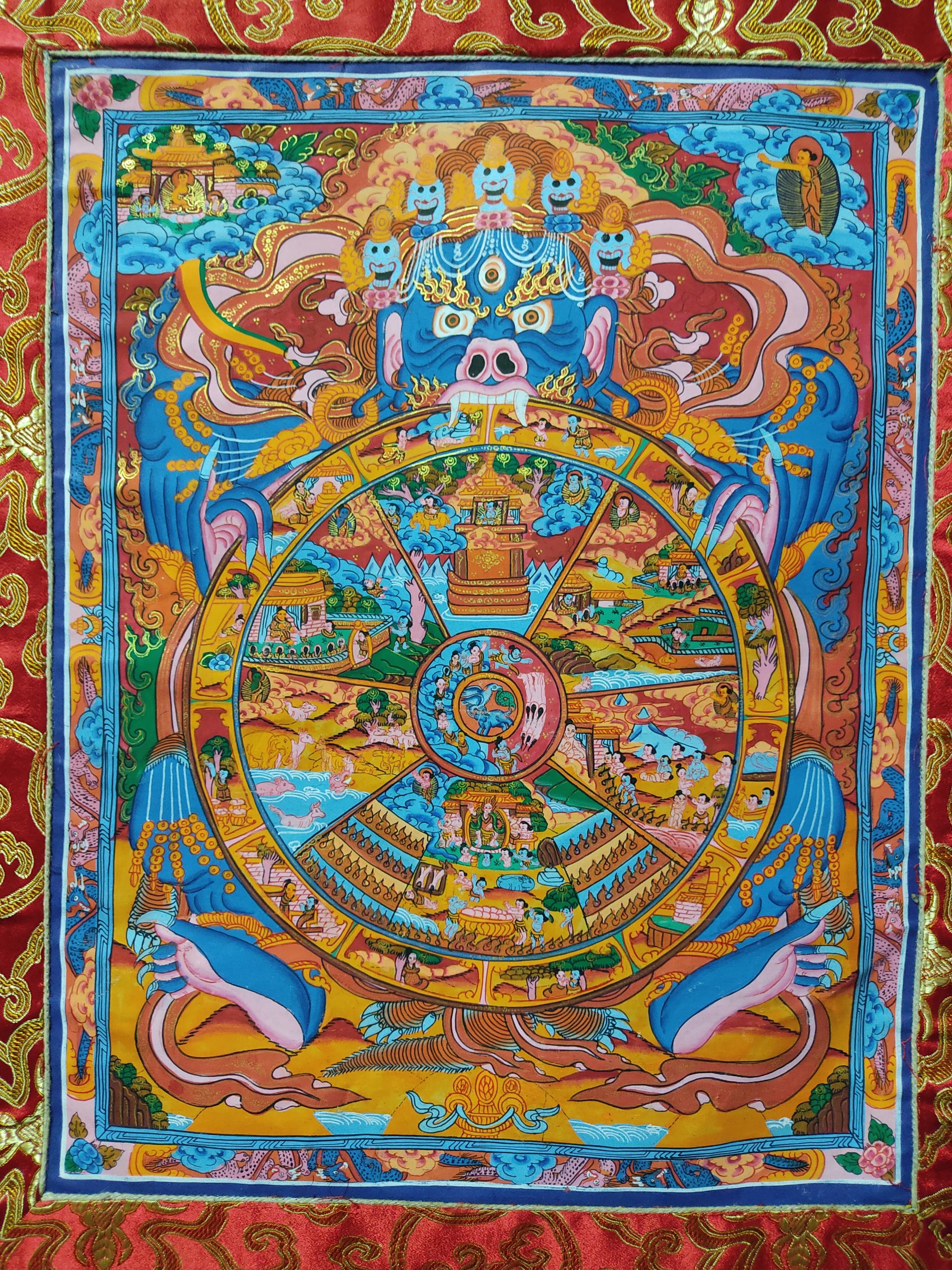
Check these beautiful Wheel of Life Thangka Paintings
The wheel of life, also known as the Bhavacakra
The wheel of life, is a symbolic representation of the cycle of existence in Buddhism. It depicts the realms of existence that sentient beings can be reborn into, the causes of suffering and ignorance that keep them trapped in this cycle, and the path to liberation from samsara.The wheel of life is often found in Buddhist temples and monasteries, where it serves as a teaching tool for the followers of the Buddha.
What is the wheel of life? Six Realms of life
The wheel is usually divided into six sections, each representing a different realm of existence: the realm of God, the demigod realm, the realm of human , the animal_realm, the hungry sick ghost realm, and the realm of hell. Each realm has its own characteristics, joys and sorrows, and karmic consequences.
Here are the list of six realms
1. The god realm
It is the highest and most blissful realm, where beings enjoy heavenly pleasures and long lifespans. However, this realm is also impermanent and subject to change. The gods are attached to their pleasures and become complacent and arrogant. They do not practice the Dharma and eventually exhaust their positive karma and fall into lower realm
2. Demi God Realm
The demi-god realm is similar to the god realm, but with less happiness and more conflict. The demi-gods are envious of the gods and constantly wage war against them. They suffer from jealousy, anger, and pride. They also do not practice the Dharma and waste their energy in fighting.
3. The Human Realm
The human realm is considered the most favorable realm for attaining enlightenment, because humans have a balance of pleasure and pain, which motivates them to seek the truth. Humans have the opportunity to encounter the teachings of the Buddha and practice the path to liberation. However, humans also face many challenges and distractions, such as greed, hatred, delusion, ignorance, aging, sickness, death, and rebirth.
4. The Animal Realm
The animal realm is a realm of ignorance and suffering, where beings are driven by instinct and survival. Animals are subject to exploitation, predation, hunger, thirst, fear, and pain. They have little or no freedom or intelligence to understand their situation or escape from it.
5. The Hungry Ghost Realm
The hungry ghost realm is a realm of intense craving and dissatisfaction, where beings have insatiable appetites for food, drink, wealth, power, or anything else they desire. However, they are unable to satisfy their needs due to various obstacles or deficiencies. They suffer from hunger, thirst, frustration, and misery.
6. The Hell Realm
The hell realm is the lowest and most miserable realm, where beings endure unimaginable torment and agony for their negative actions. There are different types of hells, such as hot hells, cold hells, neighboring hells, etc., each with different degrees of suffering. The hell beings are trapped in this realm until their negative karma is exhausted.
Yama, the lord of death
The wheel of life is held by a fearsome figure called Yama, the lord of death. He represents impermanence and the inevitability of death for all beings. He also symbolizes ignorance, which is the root cause of samsara.
At the center of the wheel are three animals: a pig, a snake, and a rooster. They represent the three poisons that bind beings to samsara: ignorance (pig), attachment (rooster), and aversion (snake). These three animals are biting each other’s tails, creating a vicious cycle of suffering.
Around the wheel are twelve links or nidanas that illustrate how samsara operates through cause and effect. These links show how ignorance leads to volitional actions (karma), which lead to consciousness (mind), which lead to name and form (body), which lead to six senses (contact), which lead to sensation (feeling), which lead to craving (desire), which lead to grasping (attachment), which lead to becoming (existence), which lead to birth (rebirth), which lead to aging and death (suffering).
12 Nidanas or Twelve Links of life.
Certainly! The twelve links of dependent origination, also known as the twelve nidanas, are a key teaching in Buddhism that illustrate the chain of causation responsible for the cycle of suffering and rebirth within samsara. Each link represents a specific cause-and-effect relationship, showing how ignorance and craving lead to the perpetuation of suffering. Here’s an explanation of the twelve links:
1. **Ignorance (avidya)**: Ignorance refers to a lack of understanding or insight into the true nature of reality. It is the primary link in the chain and acts as the root cause of suffering. Ignorance leads to delusion, misunderstanding, and the inability to see things as they truly are.
2. **Volitional Formations (samskara)**: Volitional formations encompass the mental and karmic formations that arise as a result of ignorance. They are the actions, intentions, and volitions driven by ignorance and craving. Volitional formations include both wholesome and unwholesome actions, which create karmic imprints that shape future experiences.
3. **Consciousness (vijnana)**: Consciousness refers to individual awareness and cognizance. It arises out of dependence on volitional formations. Consciousness is not seen as a permanent, inherent self but as a conditioned process that arises and ceases based on causes and conditions.
4. **Name and Form (nama-rupa)**: Name and form represent the psychophysical aspects of existence. NAMA just like the term “noun” in English refers to representative name, mental factors, thoughts, feelings, perceptions, and consciousness, while form (RUPA) refers to the physical body. Name and form are interconnected and mutually dependent. Consciousness requires a form to arise and function.
5. **Six Sense Bases (ayatana)**: The six sense bases refer to the six faculties through which beings perceive and interact with the world. They include the eyes, ears, a nose, a tongue, body, and mind. The sense bases provide the means for contact between the external world and consciousness.
6. **Contact (sparsha)**: Contact refers to the coming together of the sense organ, sense object, and consciousness. It is the meeting point where sensory experience occurs. Contact gives rise to feelings, which can be pleasant, unpleasant, or neutral.
7. **Feeling (vedana)**: Feeling refers to the subjective experience that arises from contact with sensory objects. It can be experienced as pleasant, unpleasant, or neutral. Feelings are conditioned by past experiences and have a significant impact on craving and aversion.
8. **Craving (trishna)**: Craving arises as a result of feelings. It is the intense desire and attachment to pleasant experiences or the longing to be free from unpleasant experiences. Craving fuels the cycle of becoming and rebirth by giving rise to clinging and grasping.
9. **Grasping (upadana)**: Grasping refers to the act of clinging to or attaching oneself to objects, ideas, identities, and experiences. It is the result of craving and is driven by a mistaken belief that grasping will bring lasting happiness and satisfaction.
10. **Becoming (bhava)**: Becoming refers to the process of taking on a new existence or being reborn. It is conditioned by grasping and is influenced by the accumulated karmic imprints created by volitional formations. Becoming determines the realm and conditions of the next rebirth.
11. **Birth (jati)**: Birth represents the physical birth or manifestation of a being into a particular realm or existence. It is the result of the process of becoming and is the beginning of a new life cycle within samsara.
12. **Aging and Death (jara-marana)**: Aging and death are the inevitable consequences of birth. They represent the decay, deterioration, and eventual cessation of life. Aging and death lead back to the cycle of rebirth, restarting the twelve links of dependent origination.
The twelve links of dependent origination illustrate the inter-connectedness and interdependence of various factors that perpetuate the cycle of suffering and rebirth. They emphasize the role of ignorance, craving, and clinging in this cycle, while also pointing to the possibility of liberation by breaking these causal chains through wisdom, understanding, and the cessation of craving. By understanding the twelve links, practitioners can gain insight into the causes of suffering and work towards liberation from samsara.
Breaking the twelve links of dependent origination is a crucial aspect of achieving liberation from the cycle of suffering and rebirth. The process of breaking these links involves cultivating wisdom, understanding, and following the Noble Eightfold Path taught by the Buddha.
How can Twelve Links of Life can be broken?
Here’s an explanation on breaking the twelve links of life:
1. **Overcoming Ignorance**: The first link, ignorance, can be overcome by developing wisdom and understanding. This involves deepening one’s knowledge of the nature of reality, the Four Noble Truths, and the teachings of the Buddha. By cultivating insight and realizing the true nature of existence, ignorance can be gradually dispelled.
2. **Transform the Volitional (Karmic) Formations**: By practicing mindfulness and ethical conduct, individuals can gradually transform their volitional formations. Engaging in wholesome actions, cultivating positive intentions, and refraining from harmful actions can help break the chain of unwholesome karmic formations.
3. **Realize through Consciousness**: To be aware and conscious is the key. Through meditation and contemplative practices, practitioners can develop insight into the transient and conditioned nature of consciousness. By realizing that consciousness is impermanent and devoid of a permanent self, one can free themselves from attachment and identification with consciousness.
4. **Realize( Nama Rupa – Name and Form**: By recognizing the interdependent nature of name and form, practitioners can develop insight into the inherent emptiness of phenomena. This realization helps loosen the attachment to the illusory nature of the self and reduces clinging to mental and physical phenomena.
5. **Awareness of Six Sense Bases**: Practitioners can cultivate mindful awareness of the six sense bases and the arising and passing of sensory experiences. By developing equanimity and non-attachment towards sensory stimuli, one can reduce the tendency to be driven by sensual desires and aversions.
6. **Be mindful of Contact**: Mindful awareness of the moment-to-moment experience of contact helps practitioners develop non-reactivity and non-attachment. By observing the impermanence and unsatisfactory nature of contact, one can reduce the tendency to be overwhelmed by sensory experiences.
7. **Be aware of Feelings**: Practitioners can develop equanimity and non-attachment towards feelings by recognizing their impermanent and conditioned nature. By understanding that feelings arise and pass away, one can reduce the craving and aversion that arise based on these feelings.
8. **Watch your Craving**: By developing insight into the nature of craving and its root causes, practitioners can gradually reduce and eventually eliminate craving. This involves recognizing the unsatisfactory and impermanent nature of objects of desire and cultivating contentment and non-attachment.
9. **Let go of Grasping**: The cultivation of insight into the nature of grasping helps practitioners let go of attachments and identifications. By realizing the emptiness and impermanence of phenomena, one can overcome the tendency to cling to objects, ideas, and identities.
10. **Reduce the process of Becoming**: By practicing non-identification and non-clinging, practitioners can reduce the process of becoming. This involves relinquishing the desire for future existence and cultivating a sense of non-attachment and non-identification with the cycle of rebirth.
11. **Break the link of Birth**: Breaking the link of birth involves realizing the empty and conditioned nature of birth itself. By understanding that birth is a result of causes and conditions, practitioners can transcend attachment to birth and the subsequent process of becoming.
12. **Realize the truth of Aging and Death**: The final link of aging and death can be transcended by realizing the nature of impermanence and the cessation of conditioned existence. By developing insight into the ultimate truth of cessation, practitioners can attain liberation from the cycle of suffering and rebirth.
By breaking the twelve links of dependent origination through the cultivation of wisdom, ethical conduct, mindfulness, and insight, individuals can gradually liberate themselves from the cycle of samsara. The path to liberation involves understanding the nature of suffering, developing insight into its causes, and practicing the Noble Eightfold Path to cultivate wholesome qualities and transcend the cycle of dependent origination
Summary and Conclusion
How to use the wheel of life to get out of this life cycle?
There is also a way out of this cycle. Outside the wheel of life activity is a figure of the Buddha pointing to a smaller circle that represents nirvana or liberation from samsara. The Buddha teaches that by following the Noble Eightfold Path of right_view, right_intention, right_speech, right_action, right_ livelihood, right_effort, right_mindfulness, and right_concentration one can overcome ignorance, purify one’s mind, and attain enlightenment by following the eight noble path.
The wheel of life rather wheel of balanced life is a powerful reminder of the nature of samsara and the possibility of liberation. The wheel of life exercise encourages Buddhists or dharma followers to reflect on their own actions and motivations, to cultivate compassion and wisdom, and to practice the Dharma diligently to the wheel of life assessment
If you are interested in such Wheel of life Paintings. <-Check here.
You maybe interested in our store categories:
- Buddha Statues for a monk.
- Meditation Gifts for Buddhist Friends
- Singing Bowls
- Tibetan Jewelry
- Thangka Paintings
 The statue arrived super fast and very well packed. The vibe in my apartment changed immediately into something deeply calming and soothing. As if all the tensions and anxieties have melted. Can’t believe just how majestic he looks. I was already deeply moved by the photo, but when I see the statue with my own eyes…It feels as if Manjushri is right there, with infinite compassion in his infinite wisdom. May all sentient beings be benefitted and realize their true nature.???
The statue arrived super fast and very well packed. The vibe in my apartment changed immediately into something deeply calming and soothing. As if all the tensions and anxieties have melted. Can’t believe just how majestic he looks. I was already deeply moved by the photo, but when I see the statue with my own eyes…It feels as if Manjushri is right there, with infinite compassion in his infinite wisdom. May all sentient beings be benefitted and realize their true nature.???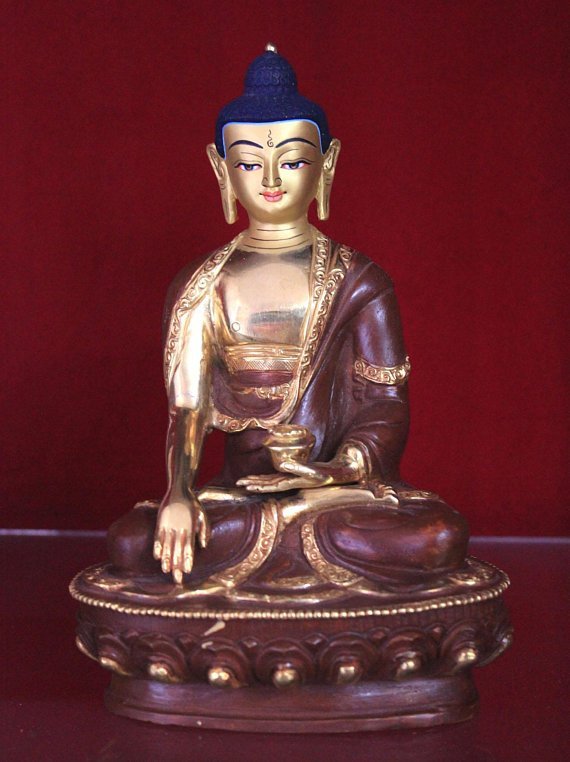
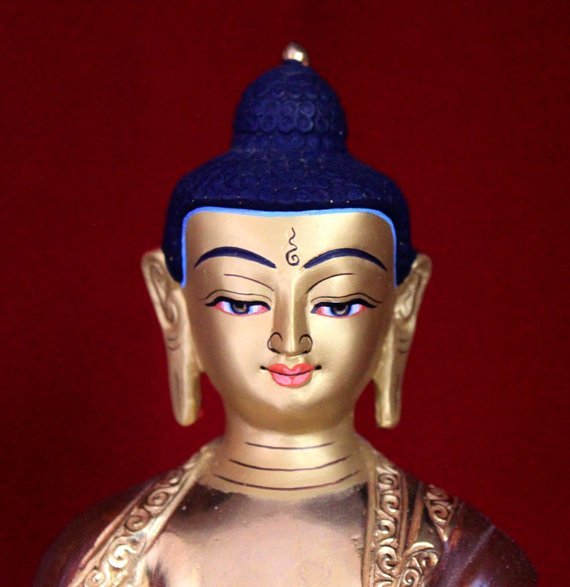
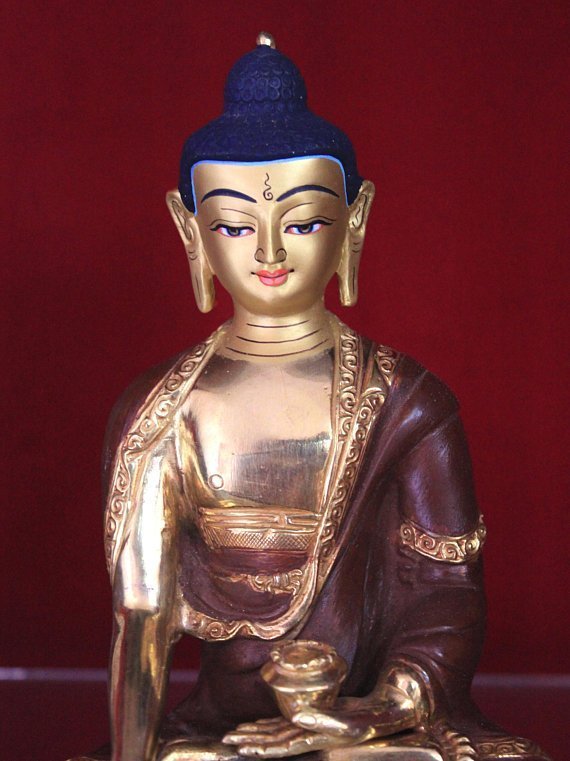
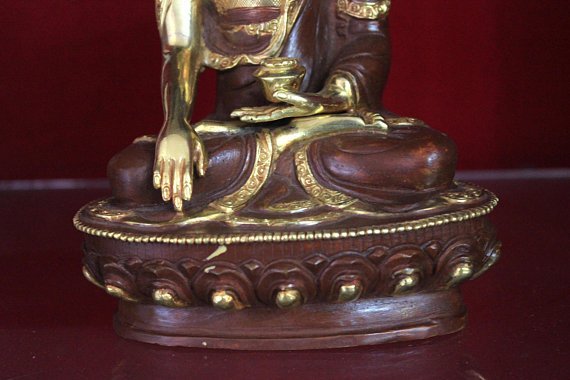
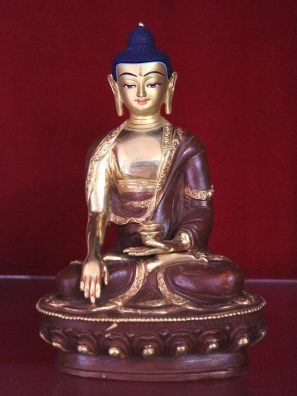
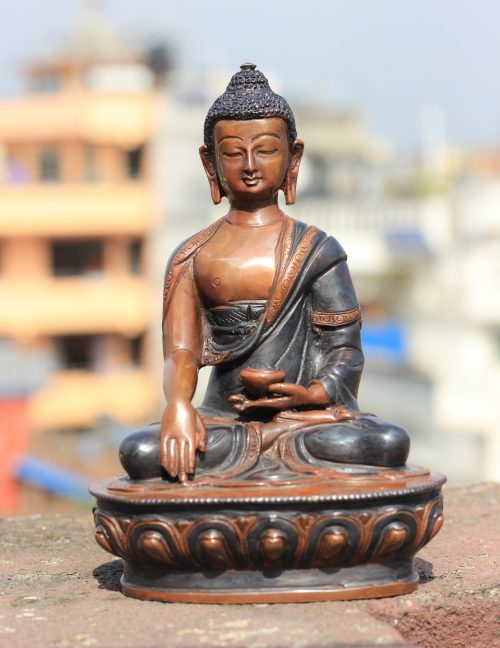
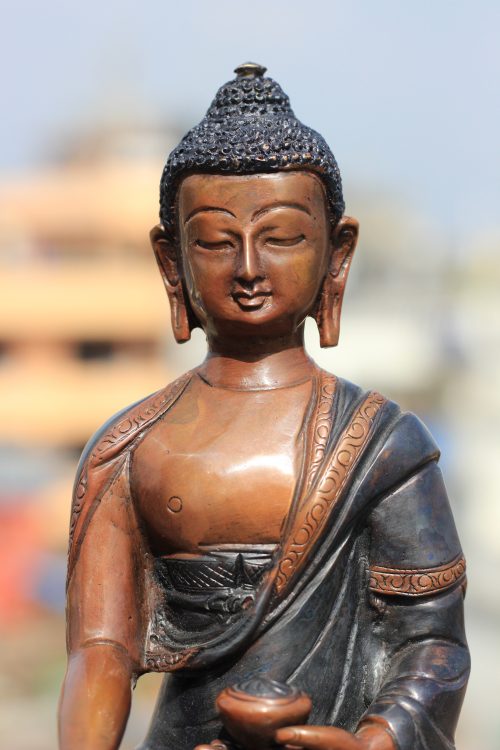
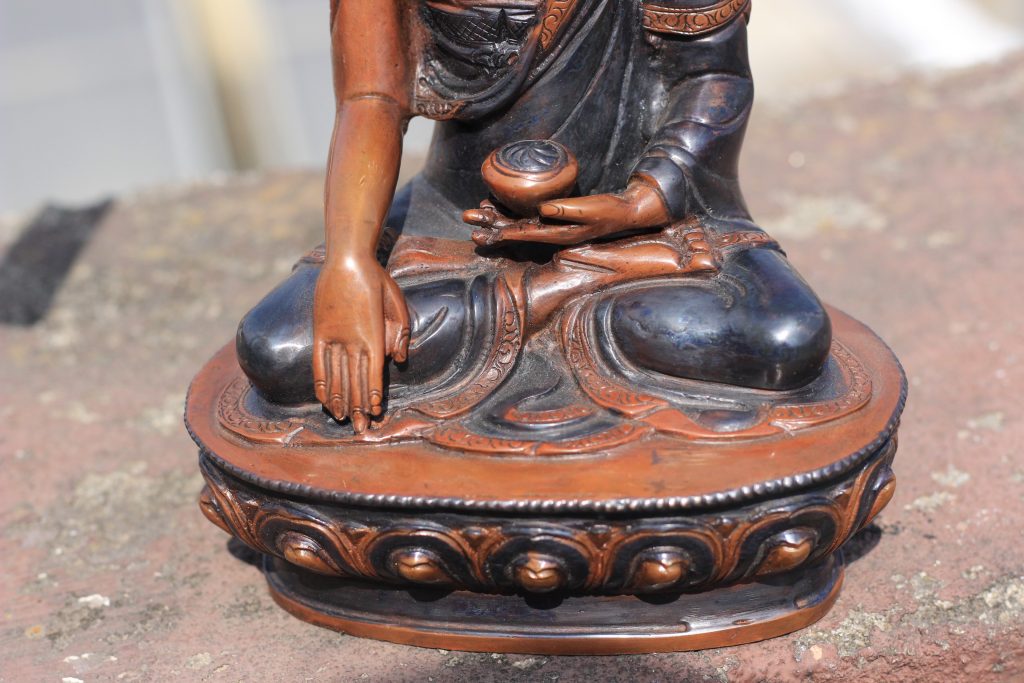
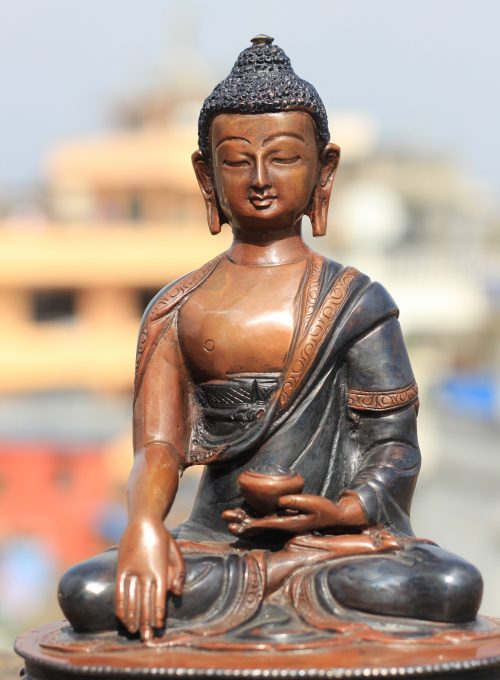
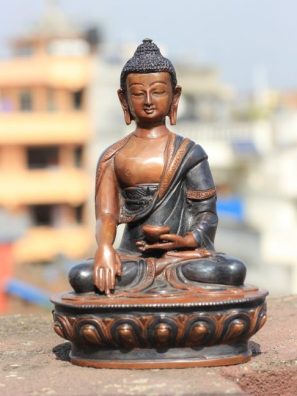









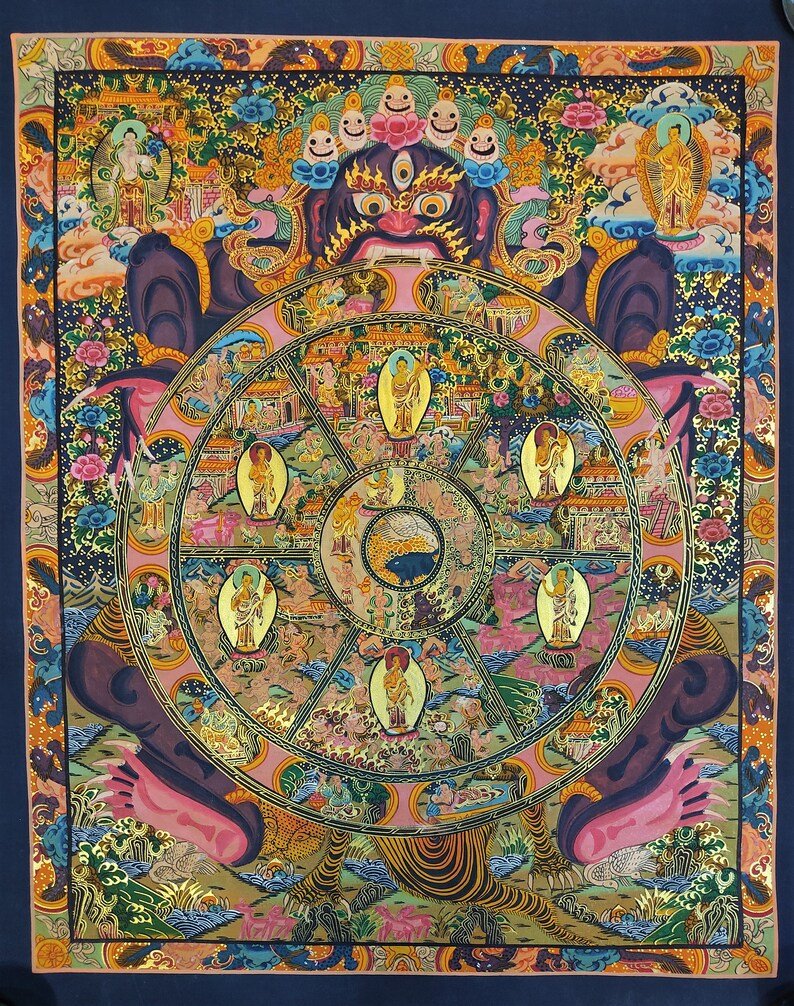
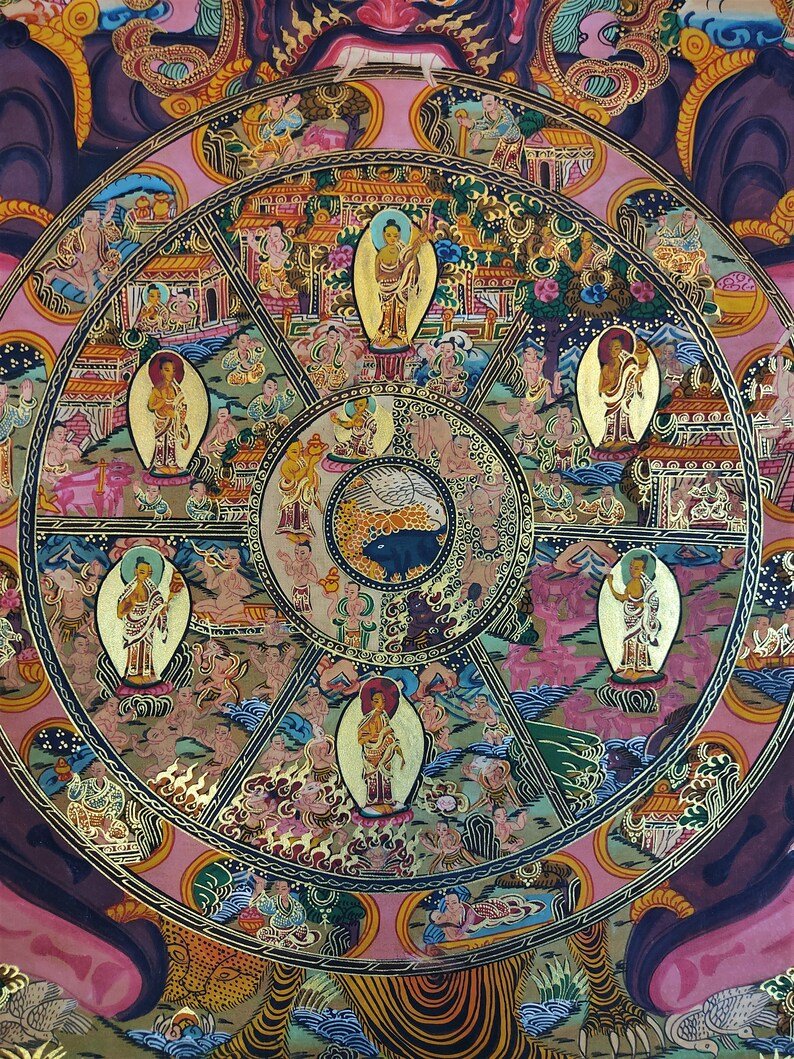
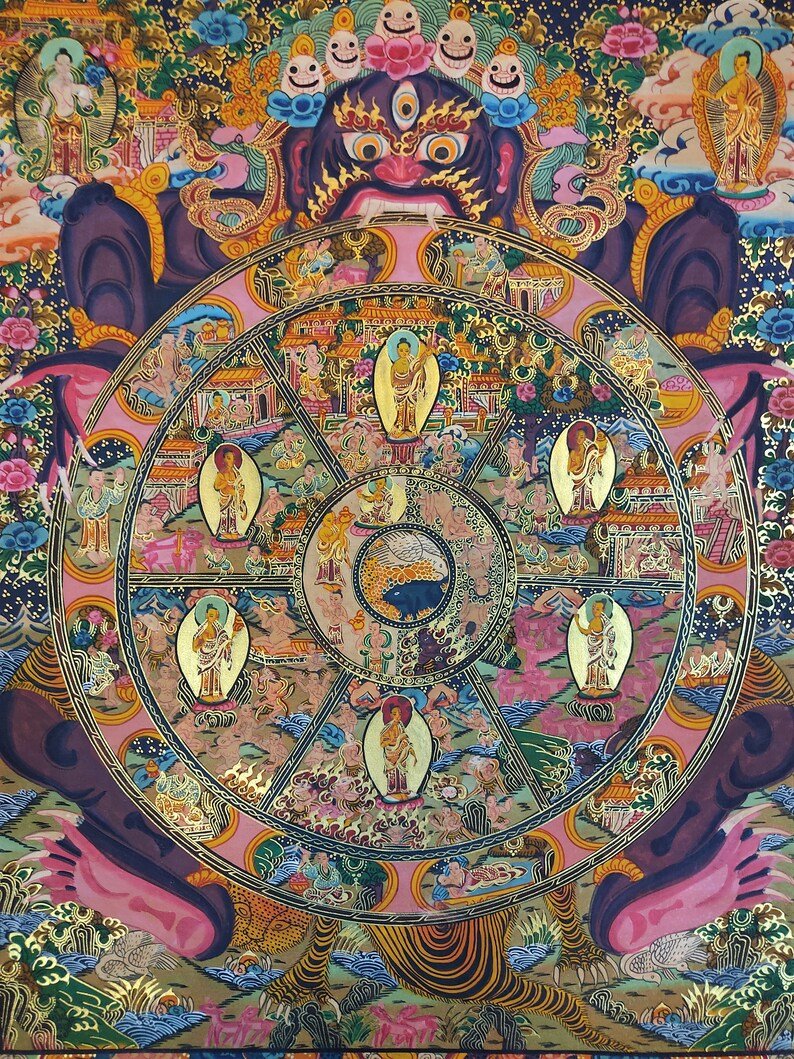
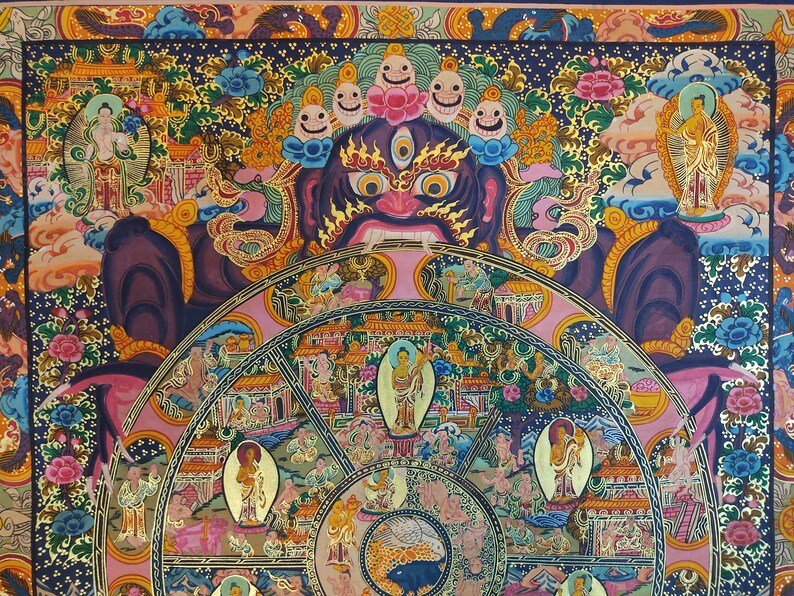
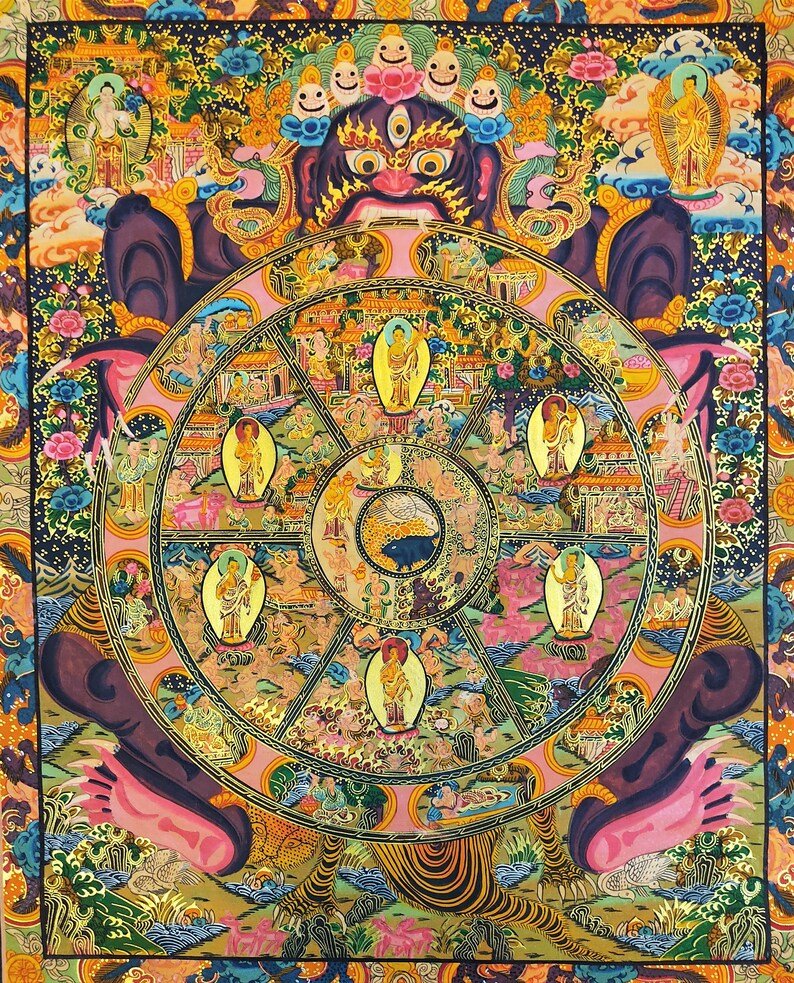
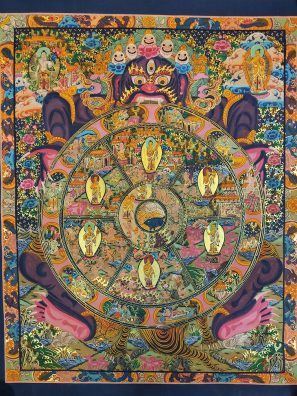
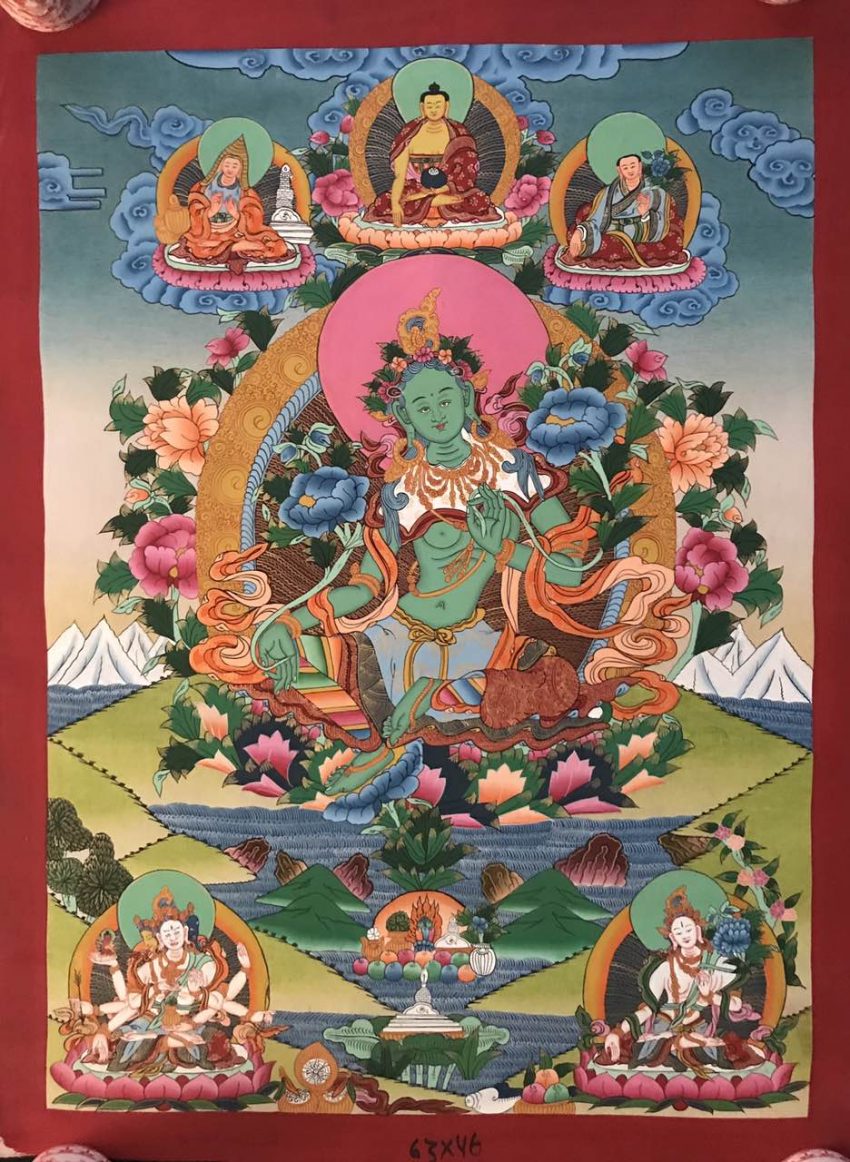
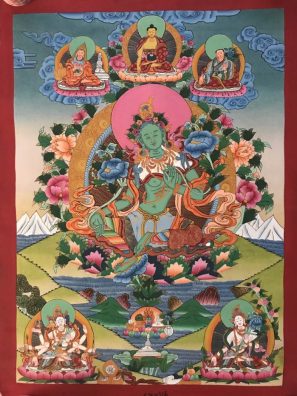
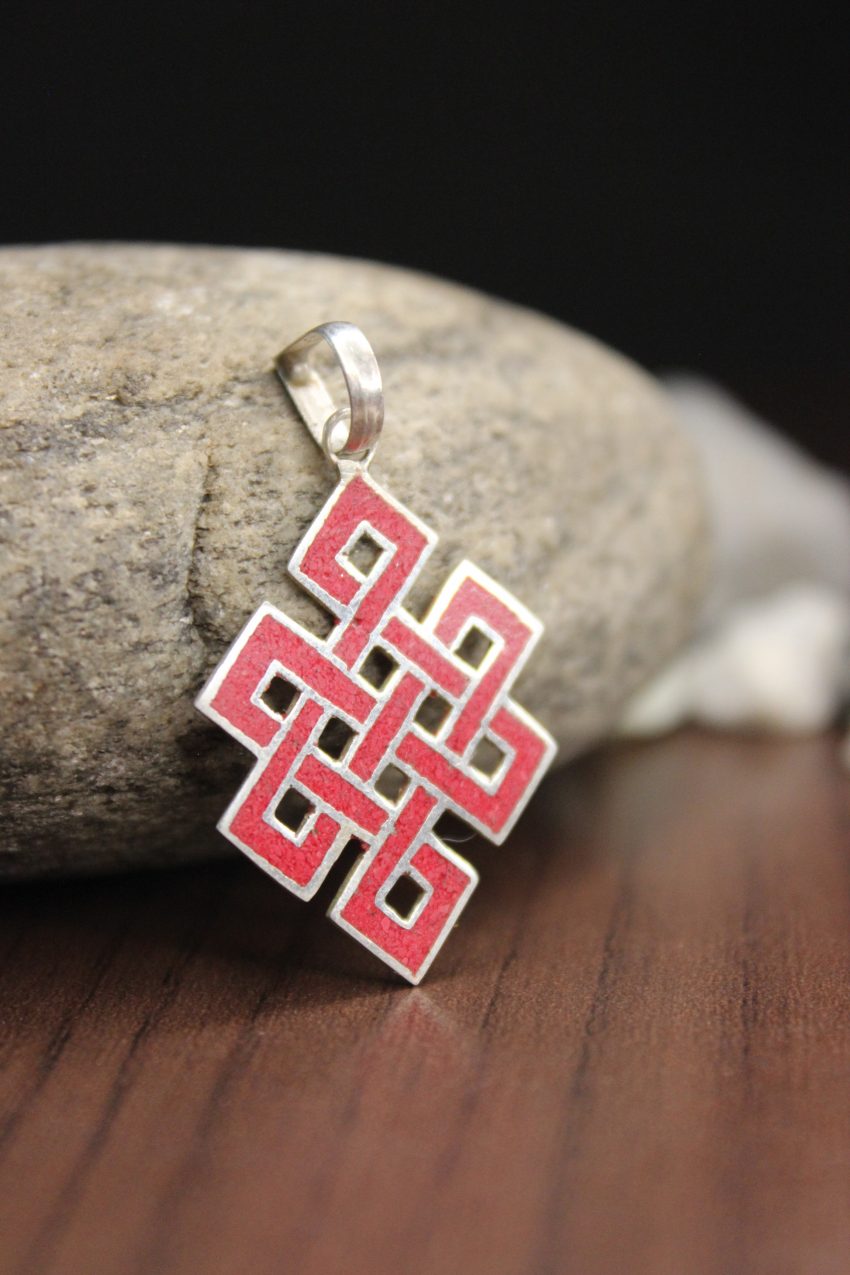
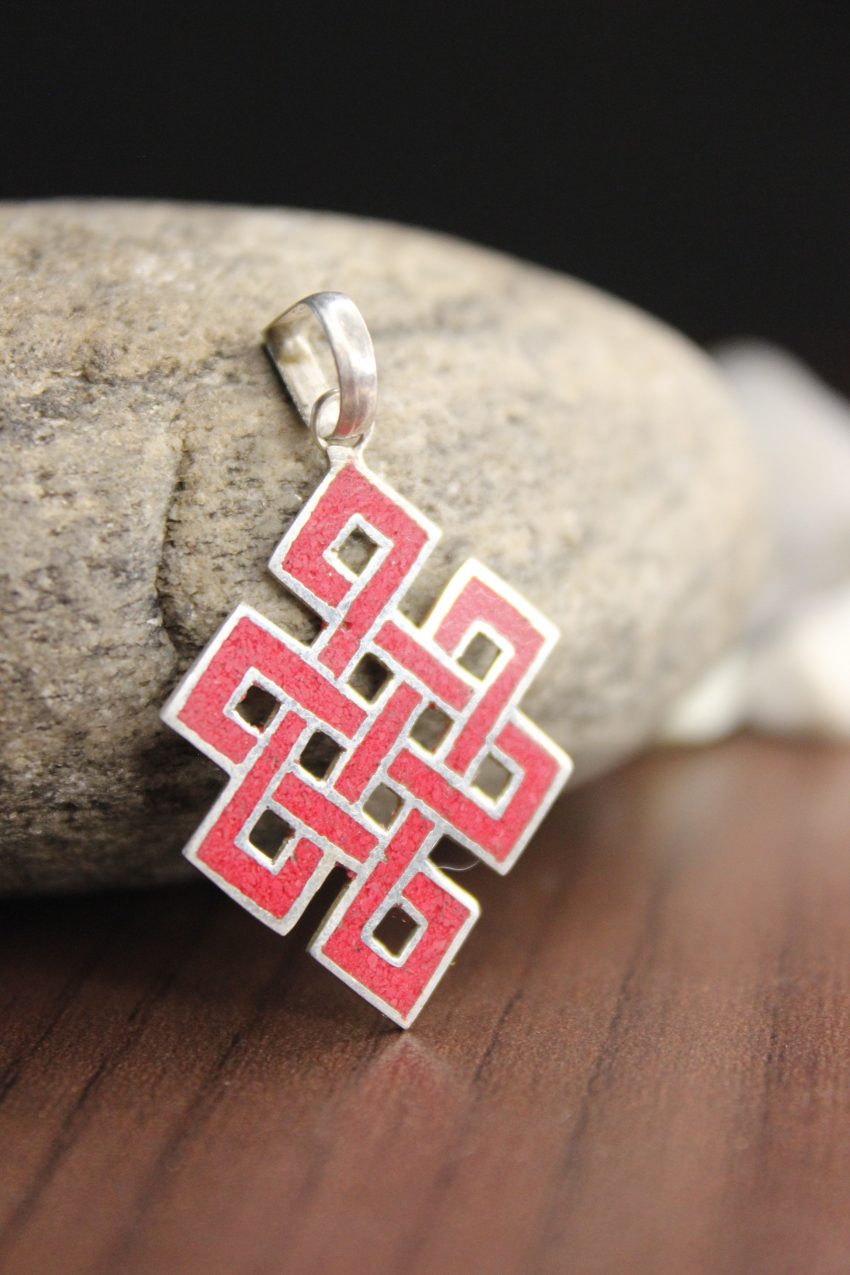
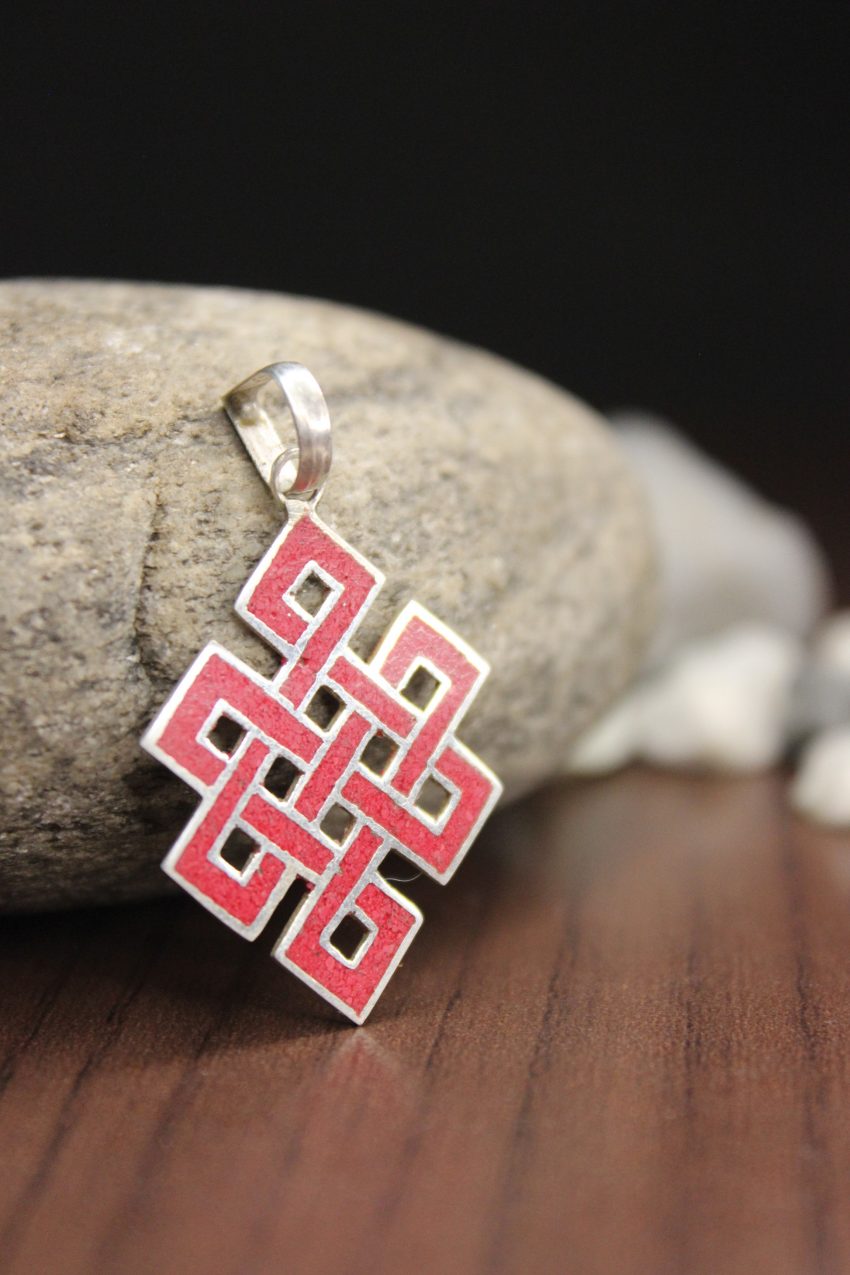
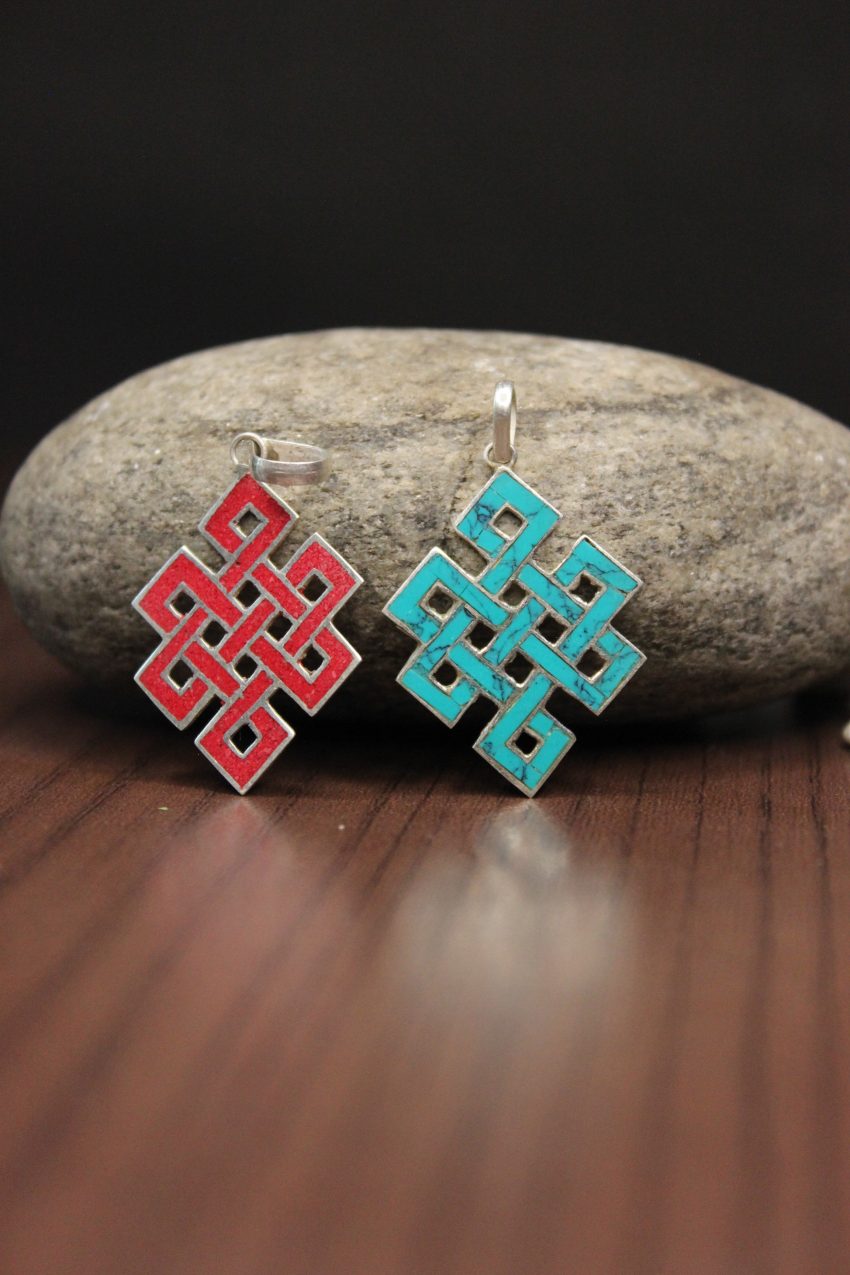
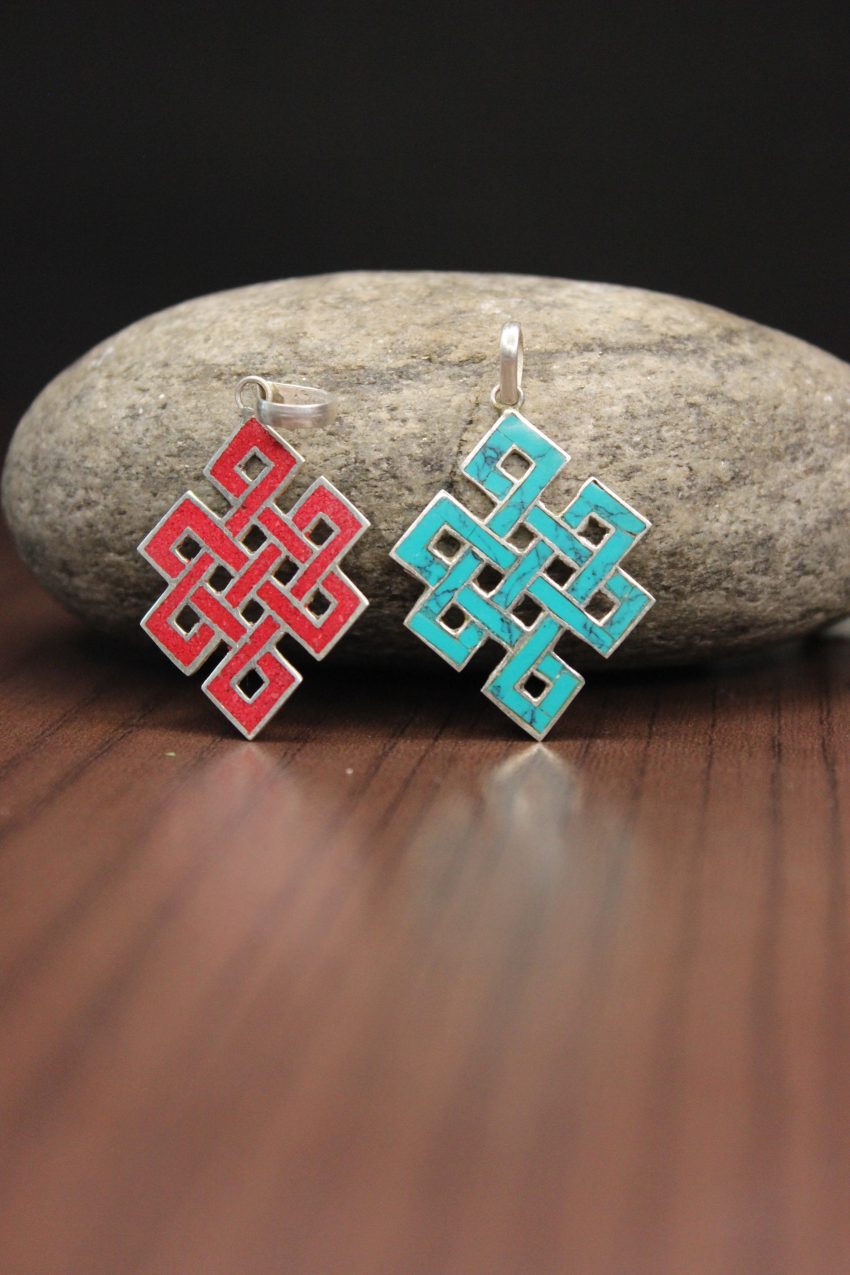



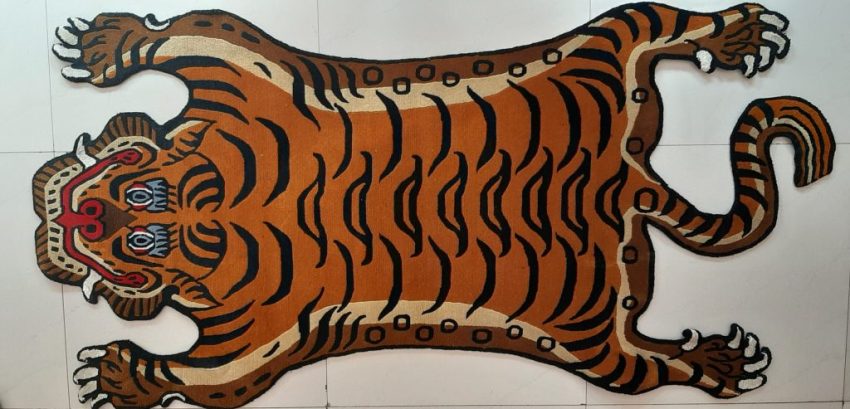
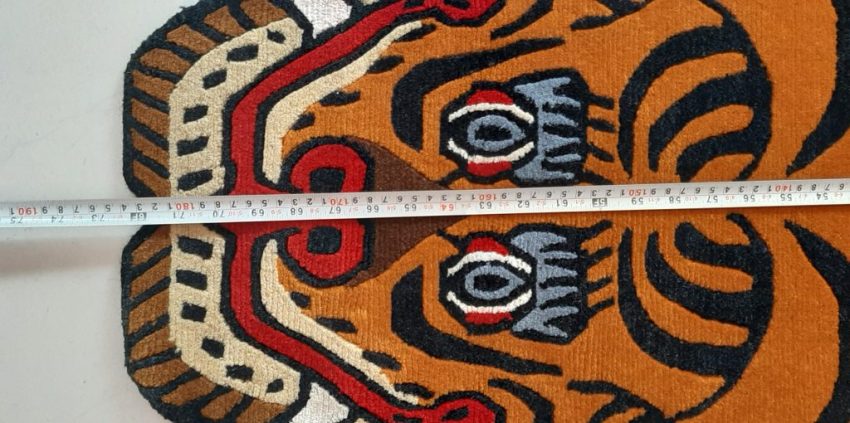
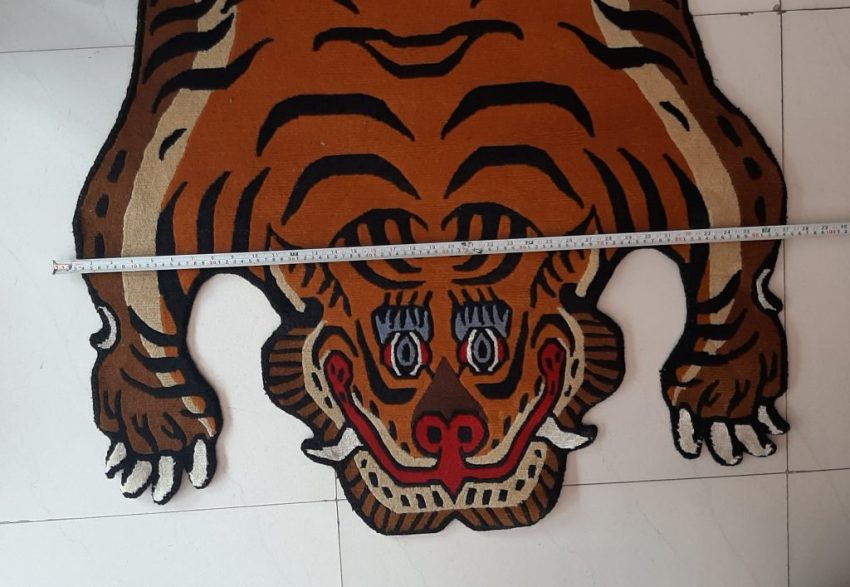
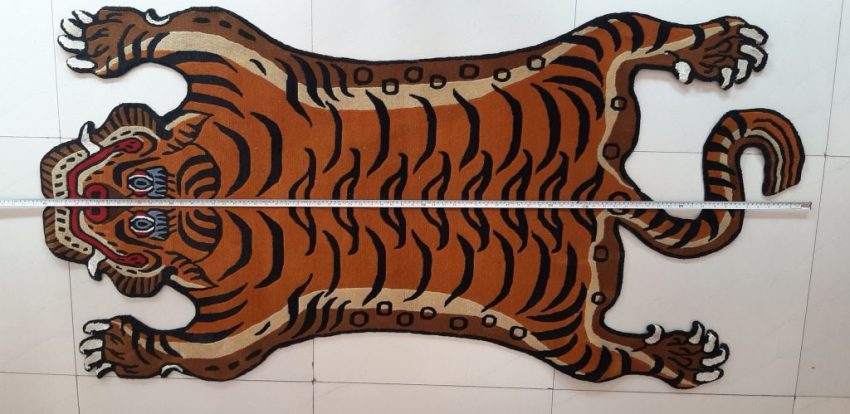
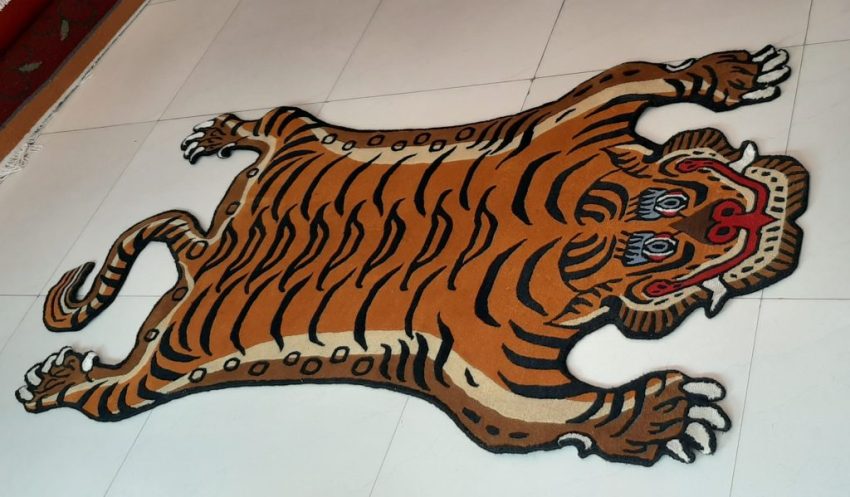
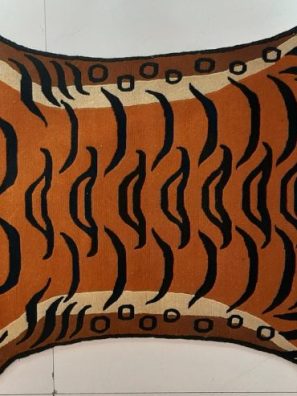
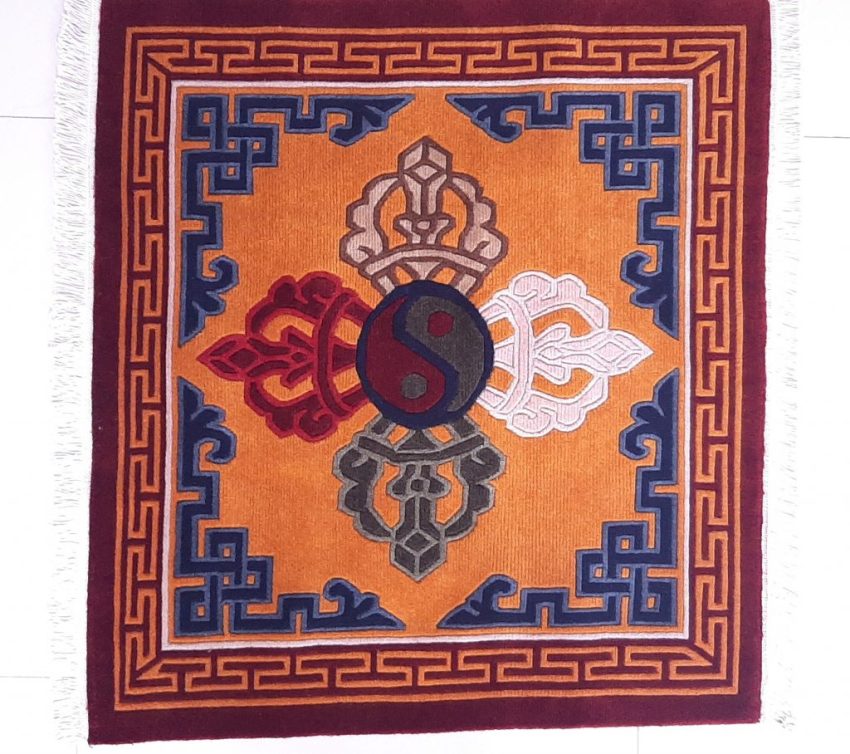






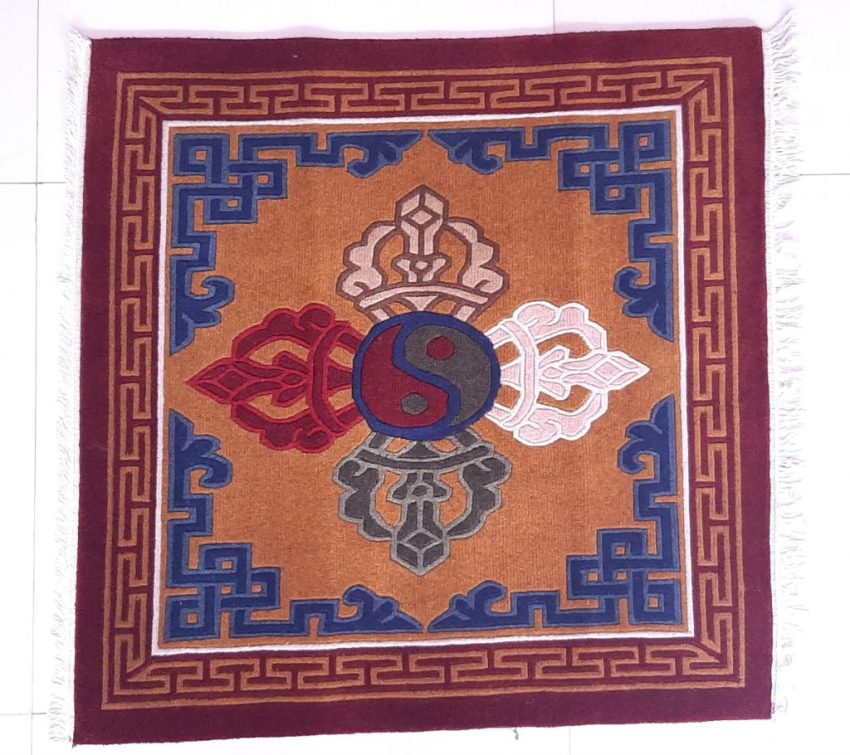
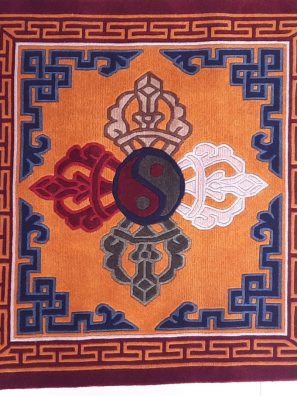


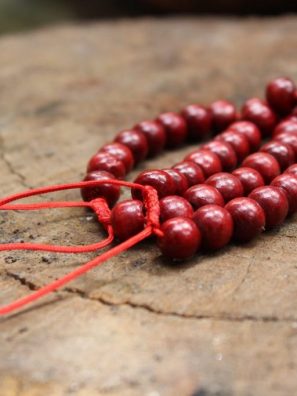

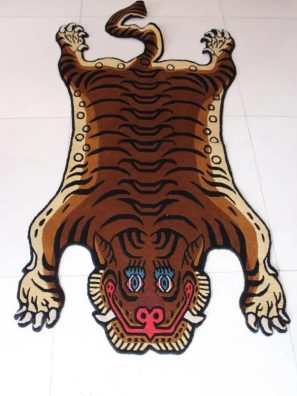
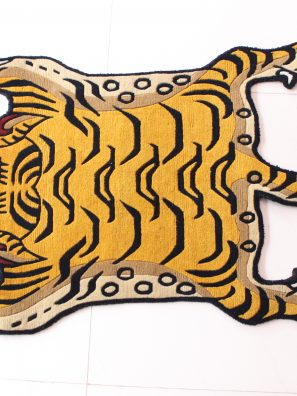
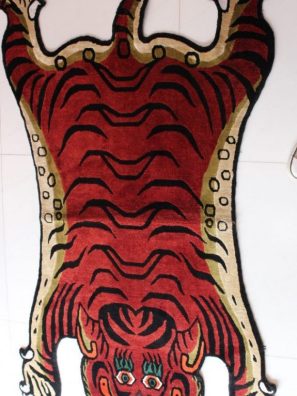
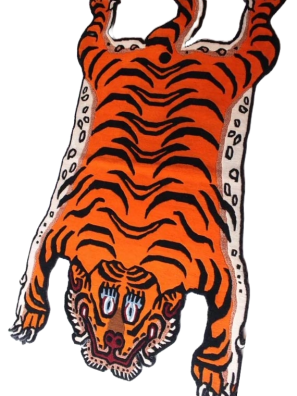
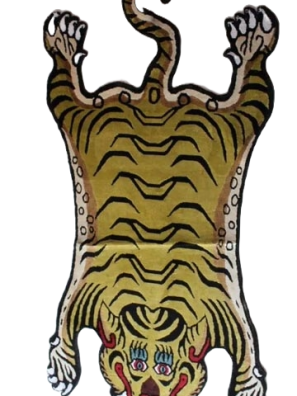
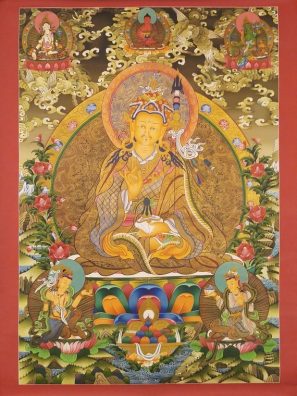

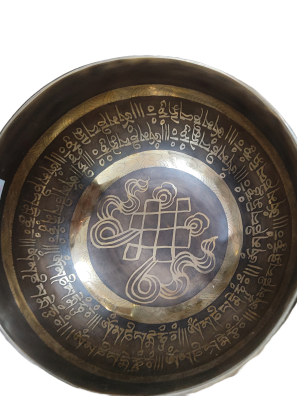



Margeret Madden
Beautiful bowl … quick service very plzed customer Thks ?
margeret madden
antrim, United Kingdom
Review left on Etsy by pinkdolphin2002 on Mar 29, 2016
Lunacywitch
Terrific bowl. Beautifully made with a lovely sound. Lovely bowl. Fast delivery.
Review left on Etsy by lunacywitch on Mar 6, 2020
Check this Product Out!